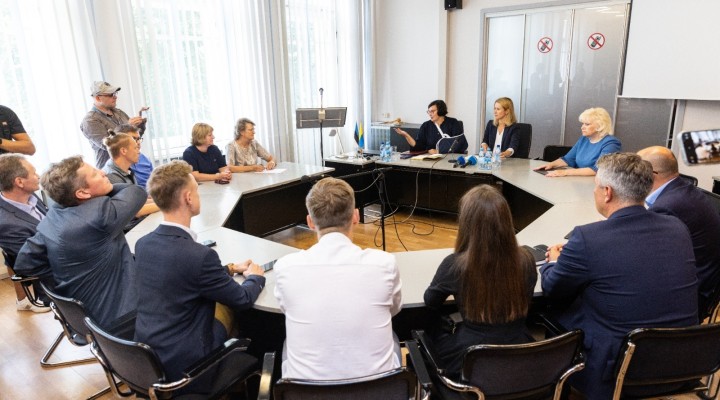“I consider it positive that the representatives of the Narva local government have come to the conclusion that the tank must be removed from the public space. This is a big step forward and I am grateful for it. We have reached a consensus both on the fact that the tank does not fit in the urban space and on the fact that it must be removed as soon as possible. The question lies in how and when to move it,” said Prime Minister Kallas.
Kallas stressed that it was the state’s duty to ensure public order and internal security. “In order to ensure public order, these monuments must be removed before tensions and anxiety grow to a level where they have a much higher price.”
The prime minister assured that the removal of Soviet monuments would be done in a way that respects people’s memories. “We are not going to demolish monuments of historical and cultural value, but will find a place for them in a museum. History must be remembered and must continue to be explained. This will help us listen to and understand each other.” Kallas pointed out that due to the twists and turns of history, Estonian people have fought on different sides. “The dead must be commemorated, and it should be done with dignity in the right place for it – the cemetery.”
“Regardless of the fact that we have a different understanding of the past, we have a shared future. That is what we need to focus on. We have many interests and needs in common, including people’s livelihoods and security. Estonia is home for all of us. That is why we must not allow ourselves to be undermined by foreign propaganda or provoked to create tensions,” Kallas stressed.
According to Katri Raik, Mayor of Narva, the Narva City Council and the City Government are grateful that the prime minister accepted their invitation to meet so quicklyso quickly. “It was a constructive discussion. The city of Narva understands the task and the challenge it faces. It is important for us that the tank ultimately remains in Narva, as a museum piece,” said Raik.
On 4 August, the government reaffirmed its position in principle that monuments with symbols of Soviet occupation should be removed from public spaces, by the end of the year if possible. The mapping of the monuments, the assessment of their historical and cultural value, and the legal analysis, as well as the drafting of a neutral grave marker, are being carried out by the Government Office in cooperation with experts in the fields of security, heritage protection, history, and several other fields.
